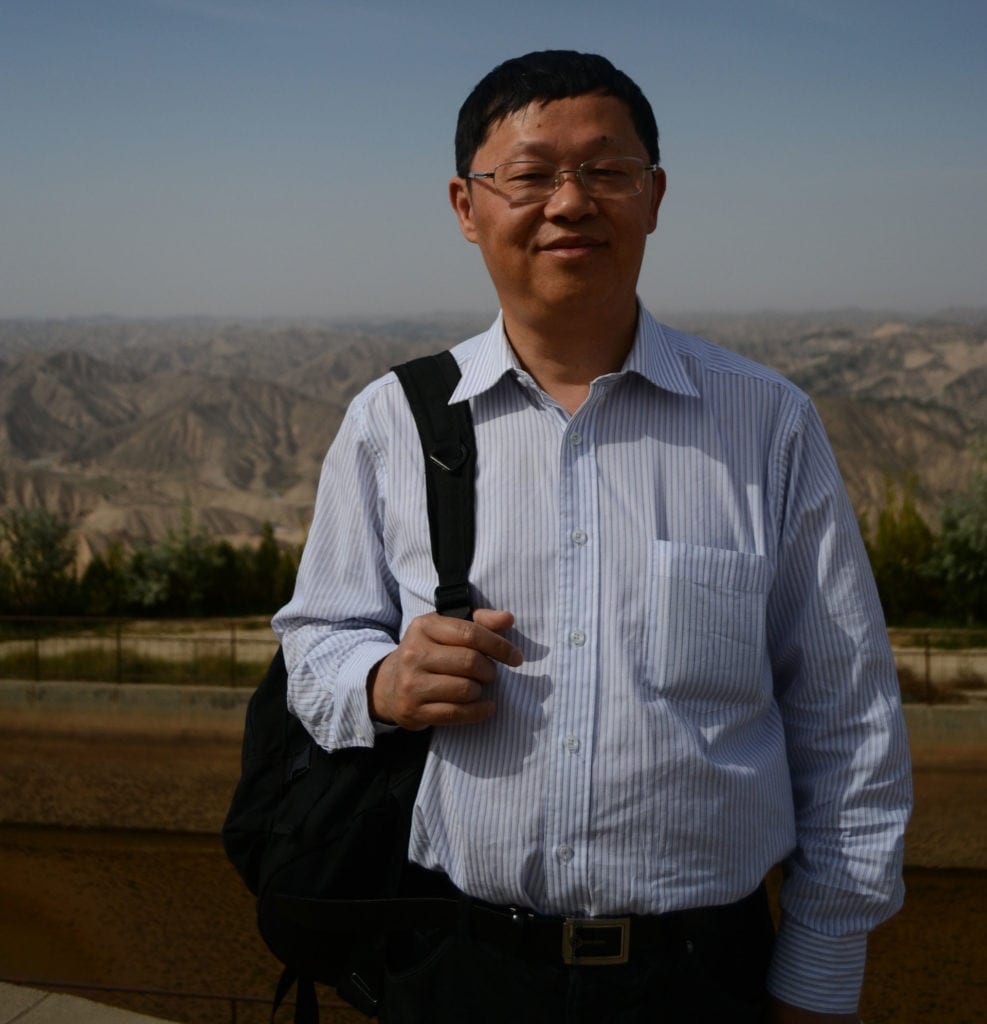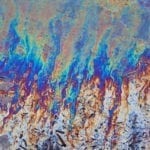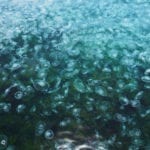The Canadian Science Publishing family of journals grew last year with the introduction of Anthropocene Coasts, a new international, interdisciplinary open access journal. Founding co-editor Dr. Shu Gao (East China Normal University) shared with us their visions for the journal and why global perspectives of how humans are impacting coastal ecosystems are needed to inform social, economic, and legal processes.
Welcome aboard! What is your favourite feature of coastal regions?
Many thanks. Fish markets are the first attraction; I always want to see these markets whenever I visit a coastal city or town, taking photographs of the fishery products. I think they are an important ingredient for human life. I am interested in estuarine and coastal environments where marine fish grow. Many factors influence these systems such as tidal currents, waves, river flows, sediment input and the resultant morphological changes, nutrients from land, and storm events. Behind the landscape and fishes are many complicated interrelationships.
How is your research connected to the coastal environment?
With an education in earth sciences, my earlier research concentrated on sediment transport and accumulation and landscape evolution in tidal environments. Although my research falls generally into the field of sedimentology, I also studied hydrodynamics and sediment dynamics—it was logical to extend my research further to environmental and ecosystem dynamics. By considering the physical, chemical, and biological processes, the “spectrum” of estuarine and coastal environments can be defined. I realized that in addition to the natural processes of the environment, global climate and sea level change can also cause a regime shift (i.e., sudden and persistent changes in ecosystem function), and anthropogenic processes further modify an ecosystem’s behaviour and its controlling mechanisms. As such, the coastal “spectrum” should be expanded to include not only natural processes but also the various secondary forms induced by global changes and human activity.

What motivated you to join Anthropocene Coasts as one of its founding Editors?
Since the 1980s, I have worked hard to solve the remaining scientific problems left over from former generations of sedimentologists. However, we are in the Anthropocene and the systems formed by natural processes will be modified by the anthropogenic processes. In the future there will no longer be coastal systems that are purely controlled by natural processes. Rather, future coasts will be shaped by both natural and anthropogenic processes. This trend is becoming more apparent, particularly for the coastal areas in China. I proposed the idea of establishing a scientific journal to identify and address the relevant problems. The title of the new journal, Anthropocene Coasts, implies an emphasis on human activities. Although the term Anthropocene is not well defined at the moment, the message here is clear: from now on, anthropogenic processes must occupy an important position in estuarine and coastal research.
Coastal ecosystems span international borders. Why was it important for the journal to have an international partnership?
The coast is defined as an interface between the ocean and land. The coastal zone includes the shallow part of the ocean and the land that is influenced by marine forces such as tides and storms. Coasts are not only extensive in area, but are also more or less continuous on a global scale; hence, coastal issues are worldwide. For instance, micro-plastic particles entering the ocean are transported and dispersed by shelf currents, eventually influencing all coastal waters around the world. So the problem of microplastic pollution is both local and global. For a sound solution to such a problem, a global vision is necessary. In terms of the science itself, it is important to exchange ideas between researchers from different countries and regions. Collaboration between East China Normal University in Shanghai and Canadian Science Publishing to establish this journal is a reflection of the benefits of having international partnerships.
What anthropogenic effects are coastal environments under threat of today?
Human activities are concentrated near coastal zones, which is reflective of economic and social development. Coastal environments are changing as a result of this increased human activity. Man-made materials such as pollutants and nutrients are transported and cycled within coastal waters, modifying water quality and biological growth patterns. Harmful algal blooms are a typical example. Coastal engineering projects, such as land reclamation and port construction, have occupied a large part of coastal space at the cost of reduction in salt-marsh areas and other ecologically important habitats. In some extreme cases, some geomorphological features have changed permanently because of human development. In addition, these projects modify hydrodynamics such as tidal currents and shelf circulation patterns increasing the vulnerability of the coastal zones to future natural hazards (e.g., intensified storms). Human activities can enhance living conditions in coastal zones, but at the same time cause environmental and ecosystem degeneration; if coastal zones are improperly managed, there will be consequences to living conditions.
What are emerging research techniques being used to understand anthropogenic impacts on coastal ecosystems?
The new techniques and methods that can be used in future coastal studies may be viewed in three aspects: theoretical analysis, in situ observations, and computer simulations. Recently, new theories about coastal system dynamics have been formulated. There are also new ways to collect data being developed, including new measurements and low cost instrumentation that meet spatial and temporal resolution requirements. Computer simulation is expected to become increasingly powerful, owing to both theoretical progress and the availability of high quality data sets.
How can research published in Anthropocene Coasts drive development of new environmental policies?
The research papers published in the journal will report the progress made in techniques and methods, new findings related to future coastal systems, and updated evaluations of coastal status and trends. These contributions will provide a basis for future policy makers. In the future, shoreline positions, ecosystem characteristics, and living styles will be very different from present-day situations. These changes occur as a result of sea level and storm pattern change, landscape evolution, and new societal demands. A new blueprint is required for the near future. Thus, policy makers will soon face the task of planning for future coasts. Planning space use, transport systems, urban design, water resources, protection of wetland, fisheries, etc., should be done while keeping in mind new environmental settings. The information required for these tasks will be found in scientific publications like Anthropocene Coasts.
What are you looking forward to the most in your new position as journal editor?
I am looking forward to witnessing the development of this multidisciplinary research field. By working with editorial board members, authors, and reviewers, new directions and scientific questions will be identified and new studies will be encouraged. I hope papers containing new discoveries will be published in this journal.




